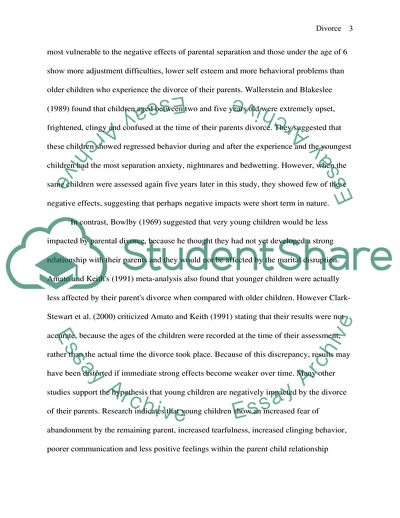Cite this document
(How can Divorce influence in Children's Behavior Coursework Example | Topics and Well Written Essays - 1500 words - 1, n.d.)
How can Divorce influence in Children's Behavior Coursework Example | Topics and Well Written Essays - 1500 words - 1. https://studentshare.org/psychology/1754611-how-can-divorce-influence-in-childrens-behavior
How can Divorce influence in Children's Behavior Coursework Example | Topics and Well Written Essays - 1500 words - 1. https://studentshare.org/psychology/1754611-how-can-divorce-influence-in-childrens-behavior
(How Can Divorce Influence in Children'S Behavior Coursework Example | Topics and Well Written Essays - 1500 Words - 1)
How Can Divorce Influence in Children'S Behavior Coursework Example | Topics and Well Written Essays - 1500 Words - 1. https://studentshare.org/psychology/1754611-how-can-divorce-influence-in-childrens-behavior.
How Can Divorce Influence in Children'S Behavior Coursework Example | Topics and Well Written Essays - 1500 Words - 1. https://studentshare.org/psychology/1754611-how-can-divorce-influence-in-childrens-behavior.
“How Can Divorce Influence in Children'S Behavior Coursework Example | Topics and Well Written Essays - 1500 Words - 1”. https://studentshare.org/psychology/1754611-how-can-divorce-influence-in-childrens-behavior.


